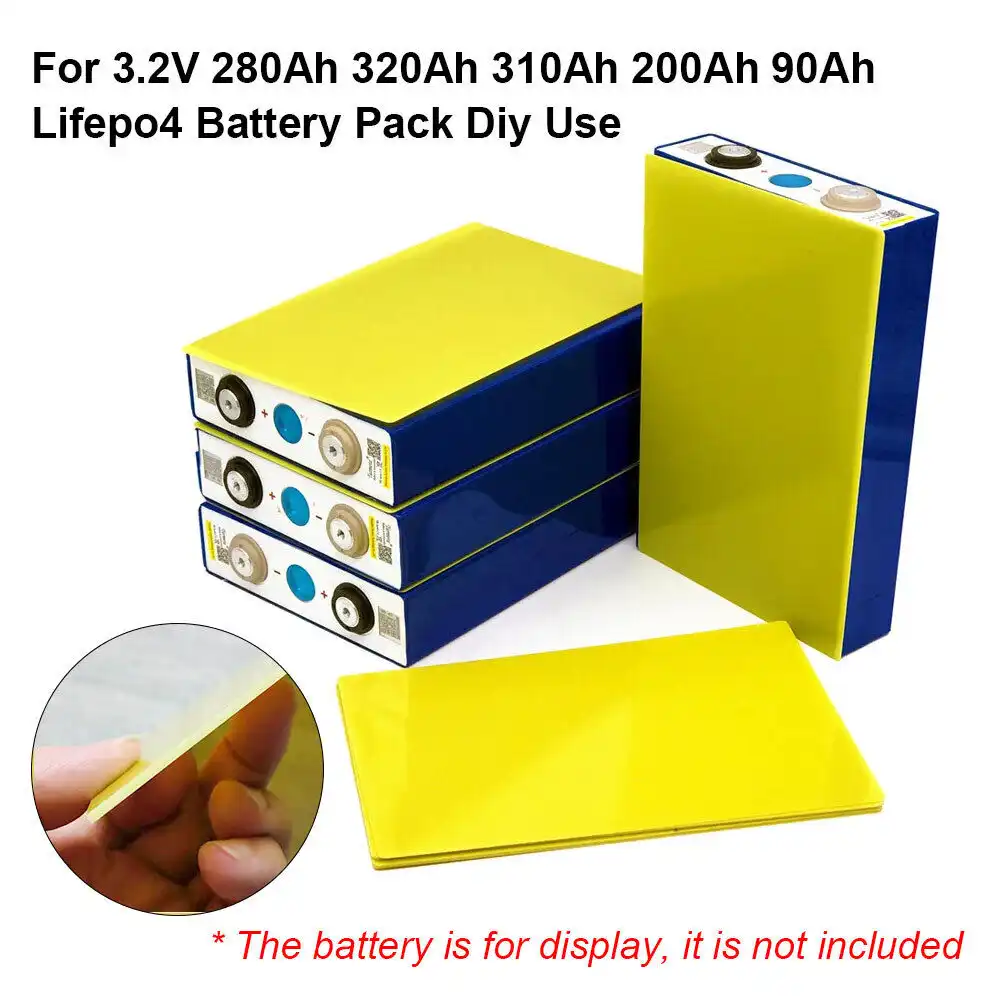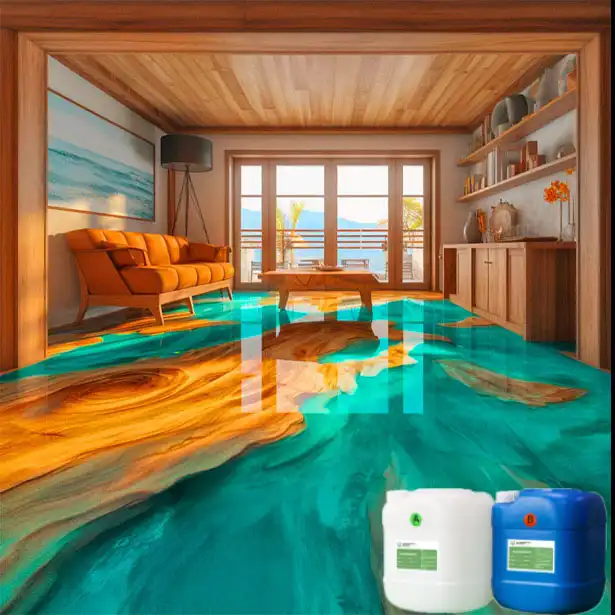Preparation and performance study of environmentally friendly halogen-free flame-retardant glass cloth reinforced epoxy insulating Sheet
2025-02-19 17:16:07
The development of environmentally friendly halogen-free flame-retardant glass cloth reinforced epoxy insulating sheets represents a significant advancement in electrical insulation technology. These innovative materials combine superior flame retardancy with eco-friendly properties, addressing the growing demand for sustainable solutions in the electrical and electronics industries. By utilizing halogen-free flame retardants and reinforcing glass cloth within an epoxy matrix, manufacturers have created a robust insulating sheet that offers excellent thermal stability, electrical insulation, and mechanical strength. This study explores the preparation methods and performance characteristics of these advanced materials, highlighting their potential to revolutionize insulation practices in various applications, from power distribution systems to consumer electronics.
Preparation Techniques for Halogen-Free Flame-Retardant Insulating Sheets
Raw Material Selection and Formulation
The creation of high-performance halogen-free flame-retardant insulating sheets begins with meticulous raw material selection. Epoxy resins serve as the primary matrix, chosen for their excellent electrical insulation properties and thermal stability. Halogen-free flame retardants, such as aluminum hydroxide or phosphorus-based compounds, are carefully incorporated to achieve the desired fire-resistant characteristics without compromising environmental safety. Glass cloth, typically E-glass or S-glass, is selected for its superior mechanical strength and electrical insulation properties, providing reinforcement to the composite structure.
Impregnation and Layering Process
The manufacturing process involves a sophisticated impregnation technique where the glass cloth is thoroughly saturated with the epoxy resin and flame retardant mixture. This step ensures uniform distribution of the resin and additives throughout the fabric. Multiple layers of impregnated glass cloth are then stacked in a precise configuration to achieve the desired thickness and properties of the final insulating sheet. The layering process is critical in determining the overall performance characteristics of the material, including its dielectric strength and mechanical robustness.
Curing and Post-Processing
Following the layering process, the composite undergoes a carefully controlled curing cycle. This step involves the application of heat and pressure to initiate and complete the crosslinking of the epoxy resin, solidifying the material into its final form. The curing parameters, including temperature, pressure, and duration, are optimized to achieve the desired physical and chemical properties of the insulating sheet. Post-curing treatments may be applied to enhance specific characteristics, such as thermal stability or surface properties. Finally, the cured sheets undergo precision cutting and finishing processes to meet exact dimensional specifications required for various applications.
Performance Evaluation of Halogen-Free Flame-Retardant Insulating Sheets
Flame Retardancy and Thermal Stability Assessment
Rigorous testing protocols are employed to evaluate the flame retardancy of the halogen-free flame-retardant glass cloth. Standard tests such as the UL 94 vertical burning test and the limiting oxygen index (LOI) measurement are conducted to assess the material's resistance to ignition and flame propagation. Thermogravimetric analysis (TGA) provides insights into the thermal decomposition behavior and stability of the composite under elevated temperatures. These assessments not only confirm the effectiveness of the halogen-free flame retardants but also demonstrate the material's ability to maintain its structural integrity under extreme thermal conditions.
Electrical Insulation Properties
The electrical performance of the insulating sheets is a critical aspect of their functionality. Dielectric strength tests measure the maximum electric field the material can withstand without breakdown. Volume and surface resistivity measurements quantify the material's ability to resist electrical current flow. Additionally, dielectric loss factor and permittivity tests provide information on the material's behavior in alternating electric fields. These comprehensive electrical evaluations ensure that the halogen-free flame-retardant sheets meet or exceed industry standards for electrical insulation, making them suitable for a wide range of applications in electrical and electronic systems.
Mechanical and Environmental Durability
The mechanical properties of the halogen-free flame-retardant glass cloth are assessed through tensile, flexural, and impact strength tests. These evaluations determine the material's ability to withstand physical stresses encountered during installation and operation. Environmental durability is examined through accelerated aging tests, exposing the sheets to high humidity, temperature cycling, and UV radiation to simulate long-term service conditions. Water absorption tests and chemical resistance evaluations further characterize the material's stability in diverse environmental conditions. The combination of these tests ensures that the insulating sheets maintain their performance characteristics throughout their intended service life, even in challenging operational environments.

Applications and Future Prospects of Halogen-Free Flame-Retardant Insulating Sheets
Current Industrial Applications
Halogen-free flame-retardant glass cloth reinforced epoxy insulating sheets find extensive use across various industries. In the electrical sector, they serve as crucial components in switchgear, transformers, and motor insulation systems. The automotive industry utilizes these materials in electric vehicle battery systems and power electronics. In aerospace applications, these sheets provide lightweight yet highly effective insulation for avionics and electrical systems. The electronics industry benefits from their use in printed circuit boards and consumer electronic devices, where fire safety and environmental considerations are paramount. Their versatility and performance characteristics make them indispensable in applications requiring both high electrical insulation and flame retardancy.
Emerging Technologies and Market Trends
The development of halogen-free flame-retardant glass cloth is closely aligned with emerging technologies and market trends. In the rapidly growing renewable energy sector, these materials play a crucial role in solar inverters and wind turbine electrical systems. The increasing adoption of 5G technology and the expansion of data centers create new opportunities for high-performance insulation materials. Smart grid technologies and electric vehicle charging infrastructure also drive demand for advanced insulating solutions. As industries continue to prioritize sustainability and fire safety, the market for these environmentally friendly insulating sheets is expected to expand significantly, fostering innovation in material science and manufacturing techniques.
Research and Development Frontiers
Ongoing research in the field of halogen-free flame-retardant insulating sheets focuses on enhancing their properties and expanding their applications. Nanotechnology offers promising avenues for improving flame retardancy and mechanical strength through the incorporation of nanofillers such as clay, graphene, or carbon nanotubes. Biodegradable and bio-based epoxy resins are being explored as alternatives to traditional petroleum-based resins, further improving the environmental profile of these materials. Advanced manufacturing techniques, including 3D printing and automated layering processes, are being developed to enable more complex geometries and tailored properties. These research efforts aim to push the boundaries of performance, sustainability, and cost-effectiveness, ensuring that halogen-free flame-retardant insulating sheets remain at the forefront of electrical insulation technology.
Conclusion
The preparation and performance study of environmentally friendly halogen-free flame-retardant glass cloth reinforced epoxy insulating sheets reveals their immense potential in advancing electrical insulation technology. These materials offer a compelling combination of excellent flame retardancy, superior electrical properties, and environmental sustainability. As industries worldwide continue to prioritize safety and eco-friendliness, the demand for these advanced insulating sheets is poised to grow. Their versatility across various applications, from power distribution to consumer electronics, underscores their significance in modern engineering solutions. Ongoing research and development in this field promise even more innovative and efficient insulation materials in the future, driving progress towards a safer and more sustainable electrical infrastructure.
Contact Us
To learn more about our cutting-edge halogen-free flame-retardant insulating sheets and how they can benefit your projects, please contact our expert team at info@jhd-material.com. We're ready to provide you with tailored solutions and support for your specific insulation needs.
References
1. Zhang, L., et al. (2020). "Preparation and characterization of halogen-free flame retardant epoxy resin for insulating materials." Journal of Applied Polymer Science, 137(18), 48765.
2. Wang, X., et al. (2019). "Recent progress in environmentally friendly halogen-free flame retardant epoxy resins." Polymer Chemistry, 10(30), 4122-4134.
3. Liu, Y., et al. (2021). "Performance enhancement of glass fiber reinforced epoxy composites with nano-silica modified intumescent flame retardant." Composites Part A: Applied Science and Manufacturing, 140, 106181.
4. Chen, X., et al. (2018). "Synergistic effect of organic montmorillonite on the flame retardancy and thermal stability of a novel halogen-free flame retardant epoxy resin composite." Polymer Degradation and Stability, 151, 65-75.
5. Liang, B., et al. (2022). "Preparation and properties of halogen-free flame retardant epoxy resin/glass fiber composites for electrical insulation." High Voltage, 7(2), 524-532.
6. Schartel, B., et al. (2020). "Flame retardancy of polymers: The role of specific reactions in the condensed phase." Macromolecular Materials and Engineering, 305(7), 2000149.







